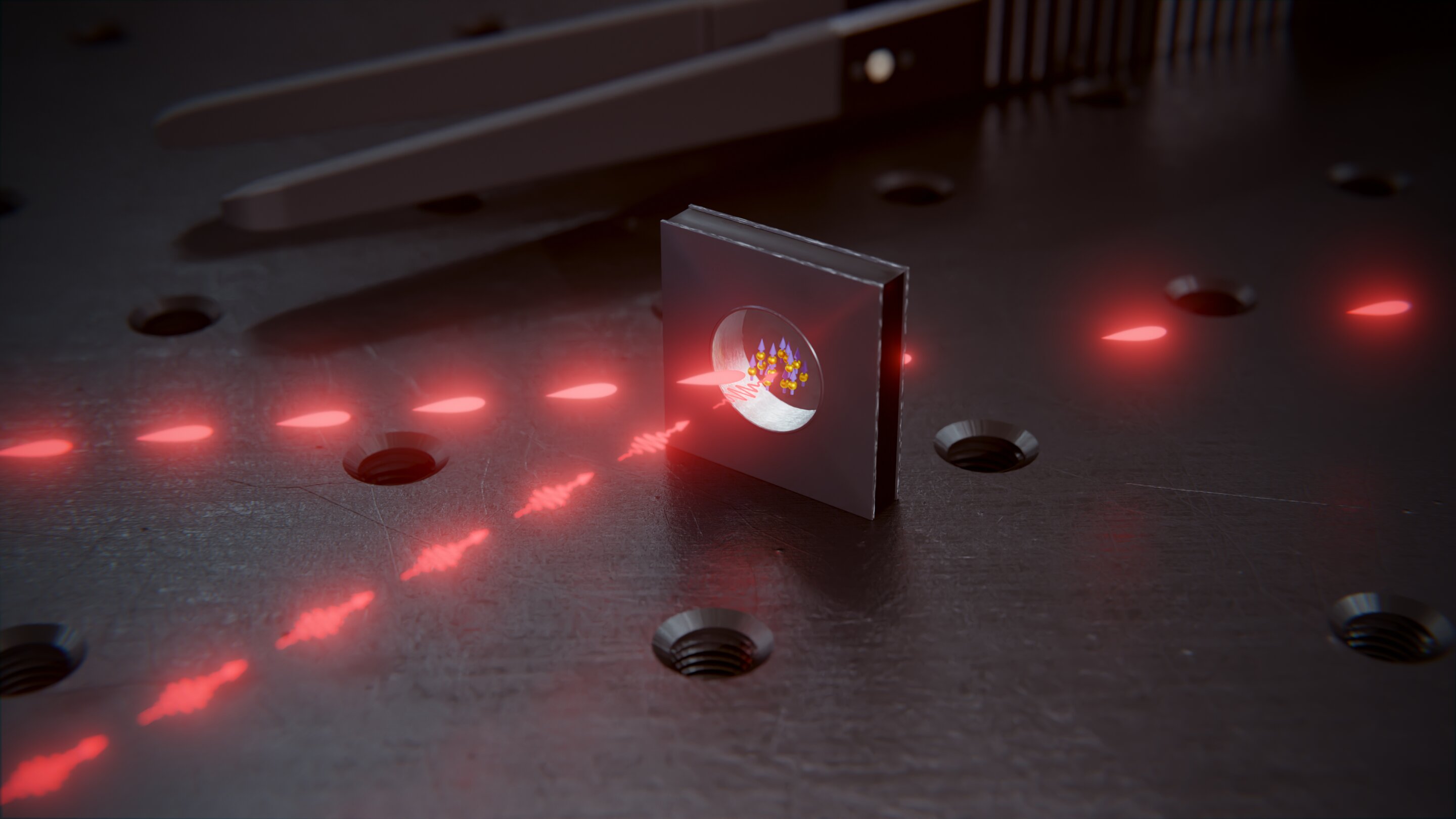Researchers at the University of Basel have successfully developed a quantum memory element using atoms in a small glass cell. This breakthrough paves the way for mass production of quantum memories on a wafer.
Similar to traditional networks, quantum networks require memory elements to temporarily store and route information. Led by Professor Philipp Treutlein, a team of researchers at the University of Basel has created a micro-fabricated memory element that is suitable for mass production. Their findings have been published in Physical Review Letters.
Quantum information is best transmitted using light particles. Photons can carry quantum information through fiber optic cables, satellites, or into a quantum memory element. In the memory element, the quantum state of the photons must be stored accurately and converted back into photons after a certain period of time.
Two years ago, the researchers in Basel successfully demonstrated this process using rubidium atoms in a glass cell. However, the handmade glass cell was several centimeters in size. “To be practical for everyday use, these cells need to be smaller and capable of mass production,” explains postdoc Dr. Roberto Mottola.
Now, Treutlein and his team have achieved exactly that. They utilized a much smaller cell, measuring only a few millimeters, obtained from the mass production of atomic clocks. To ensure a sufficient number of rubidium atoms for quantum storage despite the smaller size, they had to heat up the cell to 100°C to increase the vapor pressure.
2024-01-17 19:41:03
Post from phys.org rnrn
